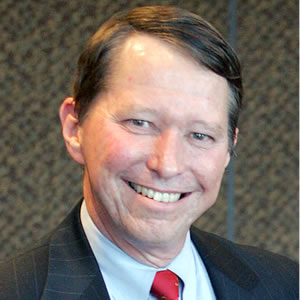The hardest part of an executive job search isn’t polishing a résumé or scrolling through job boards. It’s wrestling with three deceptively tough questions:
- What’s my real story?
- What do I want next?
- Does my story align with the role I’m seeking?
These aren’t easy questions because they demand honesty and deep reflection. Until you can answer them, the job search feels like spinning your wheels in mud: messy, frustrating, and going nowhere.
Take Bryan, one of our members. He shared recently:
“ExecuNet has a good sense of how to get us executives to reflect and articulate a career journey that is a compelling and visually appealing story. They also do a good job helping us think differently about our next role and prioritize what we want to do and where… I’ve taken their approach and made it my own, and more interviews are definitely being generated.”
What I love about Bryan’s story is that it’s not an unrealistic, magical tale about landing a job overnight. Instead, it’s about progress, gaining traction, and best of all…it’s about hope.
In my 30+ years working with executives in job search, I’ve learned that hope often shows up with forward movement. Get that forward movement going and hope springs on board like a passenger looking to go places.
So, how does one get forward momentum? It all starts with reflection. Your career isn’t just a list of titles – impressive though they may be – because all executives have lots of fancy titles and impressive bullet points. What you need to do is reflect on your story of impact on people and organizations, lessons learned, risks taken, and overall growth as a leader and as a person. Find that story and then pause to see the throughline in your journey – the thread that’s always there, the natural gift that you bring wherever you go. Find that thread and your résumé becomes something more: a narrative. That narrative is what makes you memorable.
Finding your throughline requires a lot of focus. You want to zero in on what excites you now and where your values and expertise best align. Many executives cast the widest net possible, thinking it gives them more chances. But Bryan is discovering the opposite to be true: scattershot is not an executive strategy. Clarity on these questions creates momentum. When you zero in, your search shifts to one with purpose.
Bryan started to see progress when he identified and owned his story. The turning point for Bryan, and many others, came when he stopped asking, “What’s out there?” and started asking, “What do I want?”
That shift changes everything. The search feels less like a grind and more like considering possibilities. People lean in to hear your story. Doors begin to open.
Bryan hasn’t “arrived” yet, but he’s already moving forward with hope because he has clarity of what his story is and what he wants…and that’s the real magic.







